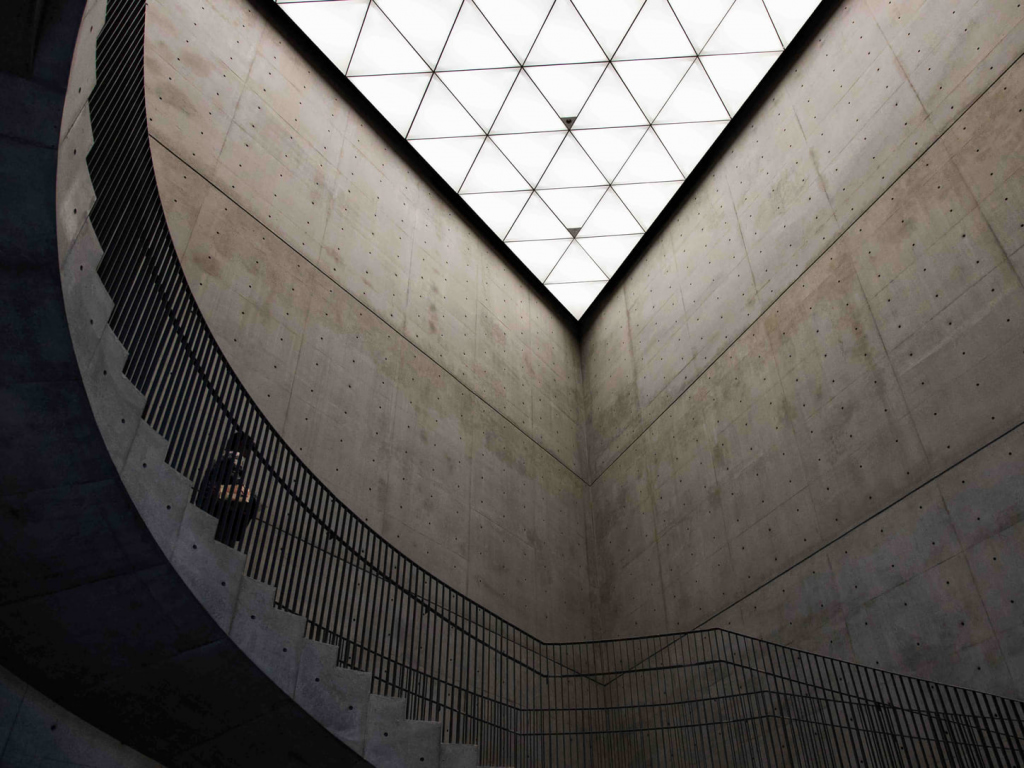In our “Art of Akita” series, we explore the region through the eyes of an artist to discover the unique characteristics of the region. Art comes in many forms, and Akita, with its long winters, offers plenty of opportunity for designers and craftsmen to hone their craft according to the elements…
“Architecture is a visual art, and the buildings speak for themselves” – Julia Morgan
The Sake Train Tunnel: Kikusui Sake
Akita is often referred to as Sake Country, boasting an extraordinary dedication to innovation within the brewing craft. Kikusui Sake in Noshiro city is no exception. The brewery ages its sake in an old train tunnel in the middle of a mountain. It’s a hassle-free and eco-friendly storage method, as the tunnel maintains a cool 12°C year-round. It stores approximately 60,000 bottles, many of them quite valuable. How the brewery came to use this unique location for its sake, though, is a story in itself.
The current brewery manager Kiichiro Hirasawa’s grandfather, Kisaburo Hirasawa, was inspired by a visit to Germany and seeing some wine cellars there. He realized that if wine could be stored and aged to enhance its flavor over years, so could sake. To be certain, he conducted an experiment and planned to store 10 bottles of sake, then drink one bottle per year to evaluate its aroma and flavor as it aged.
However, five years into the experiment, Kisaburo couldn’t resist the delicious ambrosia before him and drank it all. Confident in his plan, he found a disused train tunnel in a mountain that would suit his purposes perfectly. However, his attempts to buy the tunnel from Japan Rail were thwarted for over seven years. Someone suggested he should simply buy the mountain and demand that JR “return” the tunnel to its rightful owner. So that’s what Kisaburo did, and thus created a unique sake “cellar” that visitors to the brewery can get a guided tour around if reservations are made in advance.
Kikusui Syuzo Corporation, kikusuisyuzo.com
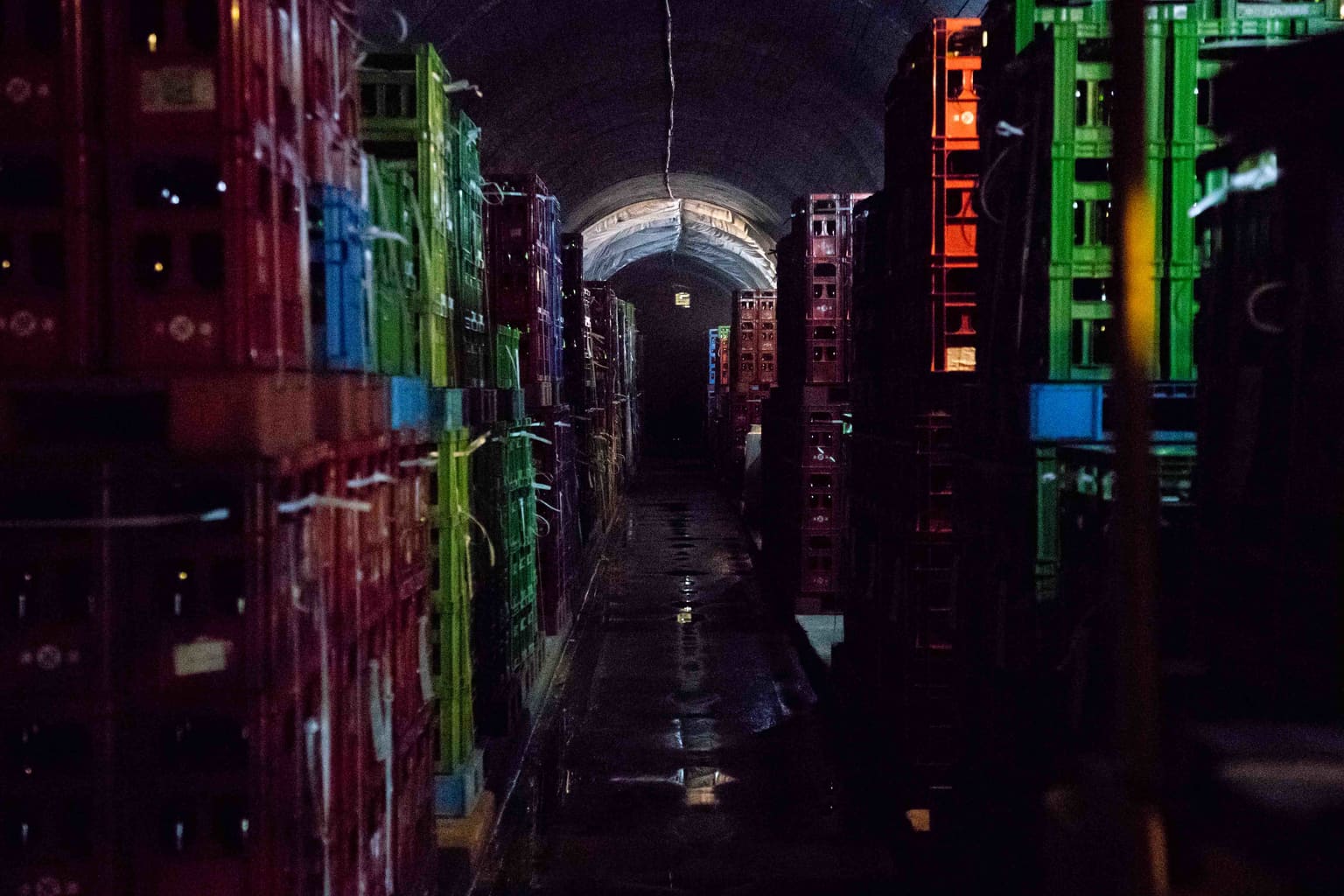
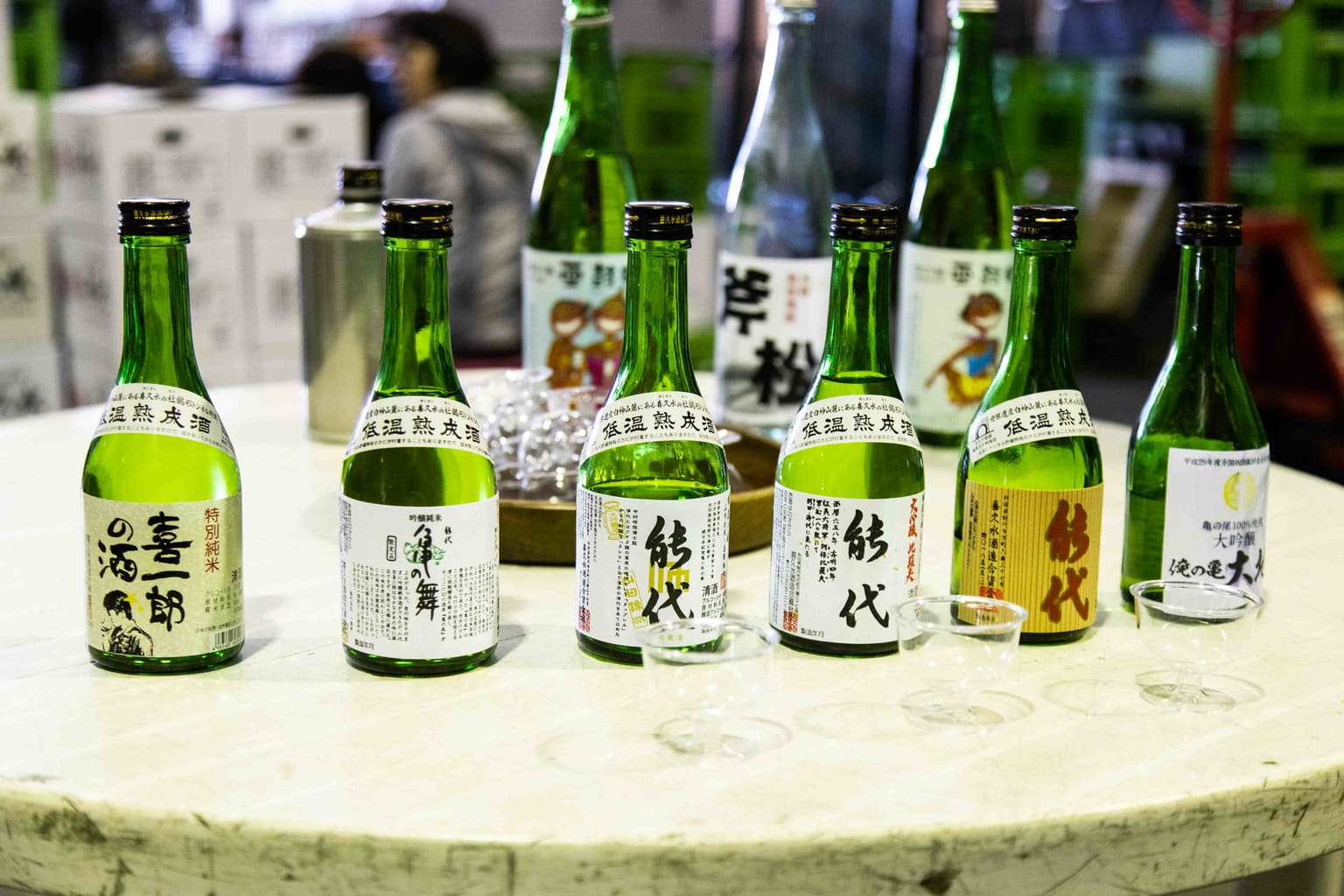
Art Inside and Out: Akita Museum of Art
The Akita Museum of Art building is a stunning representation of contemporary architecture in the center of Akita city. Designed by internationally renowned architect Tadao Ando, its unique triangular structure strives to unite Akita people with cultural creation in the downtown area. The museum showcases many works by Tsuguharu Foujita, who was inspired by the region’s beauty and traveled around the prefecture painting local festivals and daily life. Stop by the café and museum shop for local crafts and a stunning view of Senshu Park.
Akita Museum of Art, www.akita-museum-of-art.jp

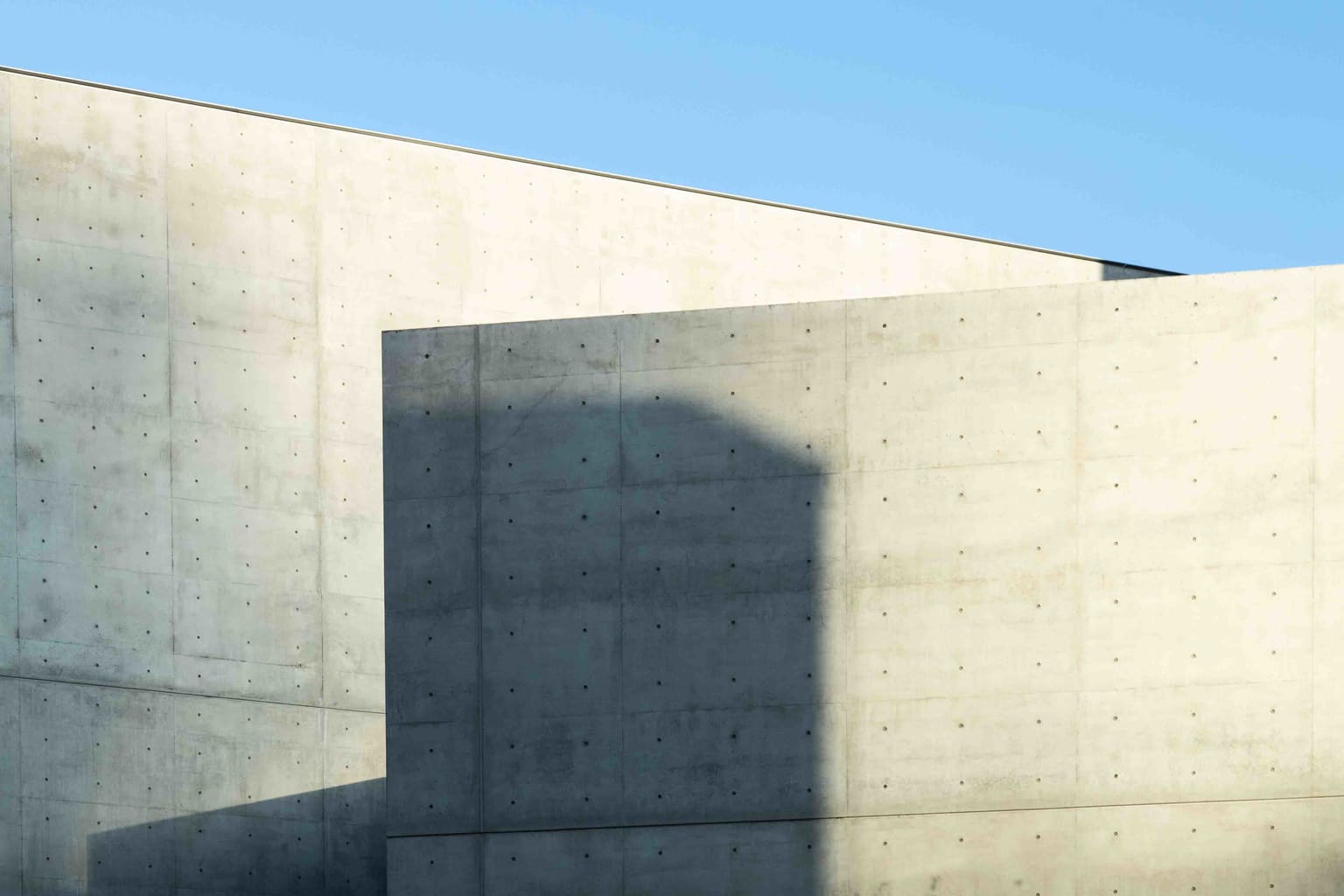
Superior Design: Fujiki Denshiro Flagship Store
For a sophisticated and timeless souvenir from the region, look no further than Fujiki Denshiro, a company with almost 200 years of experience making kabazaiku, a traditional craft using the bark of wild cherry trees. Cherry bark ware is only made in Kakunodate and started as a side business for low-ranking samurai. The craft is always innovating and changing, as designers and skilled artisans work together to create tasteful pieces that maximize the beauty of the bark. Made with painstaking detail, cherry bark ware is made at the occasional risk of the craftsmen’s life, as they must head deep into the woods and battle giant hornets and bears to obtain the best bark.
Fujiki Denshiro Flagship Store, denshiro.jp/en
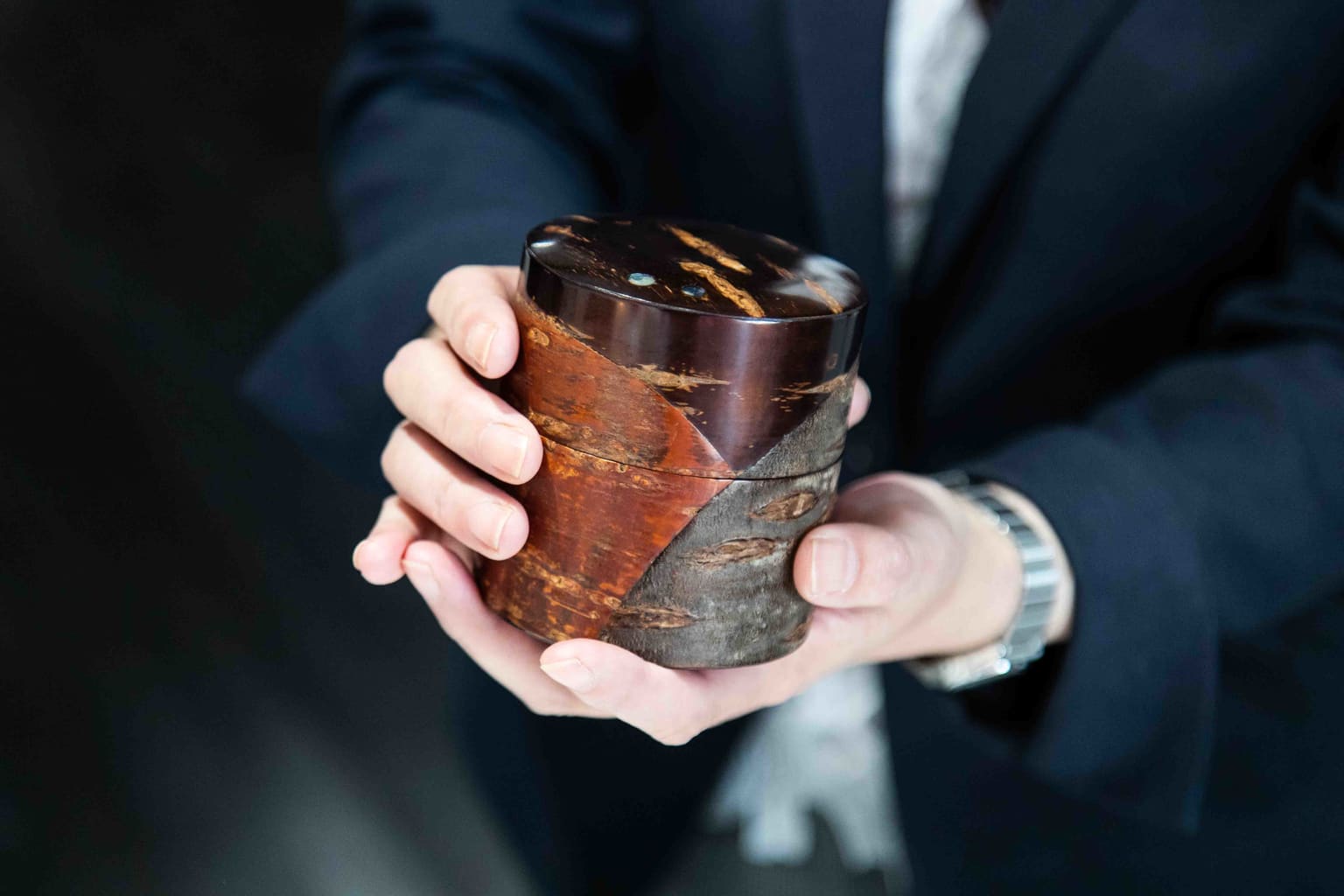
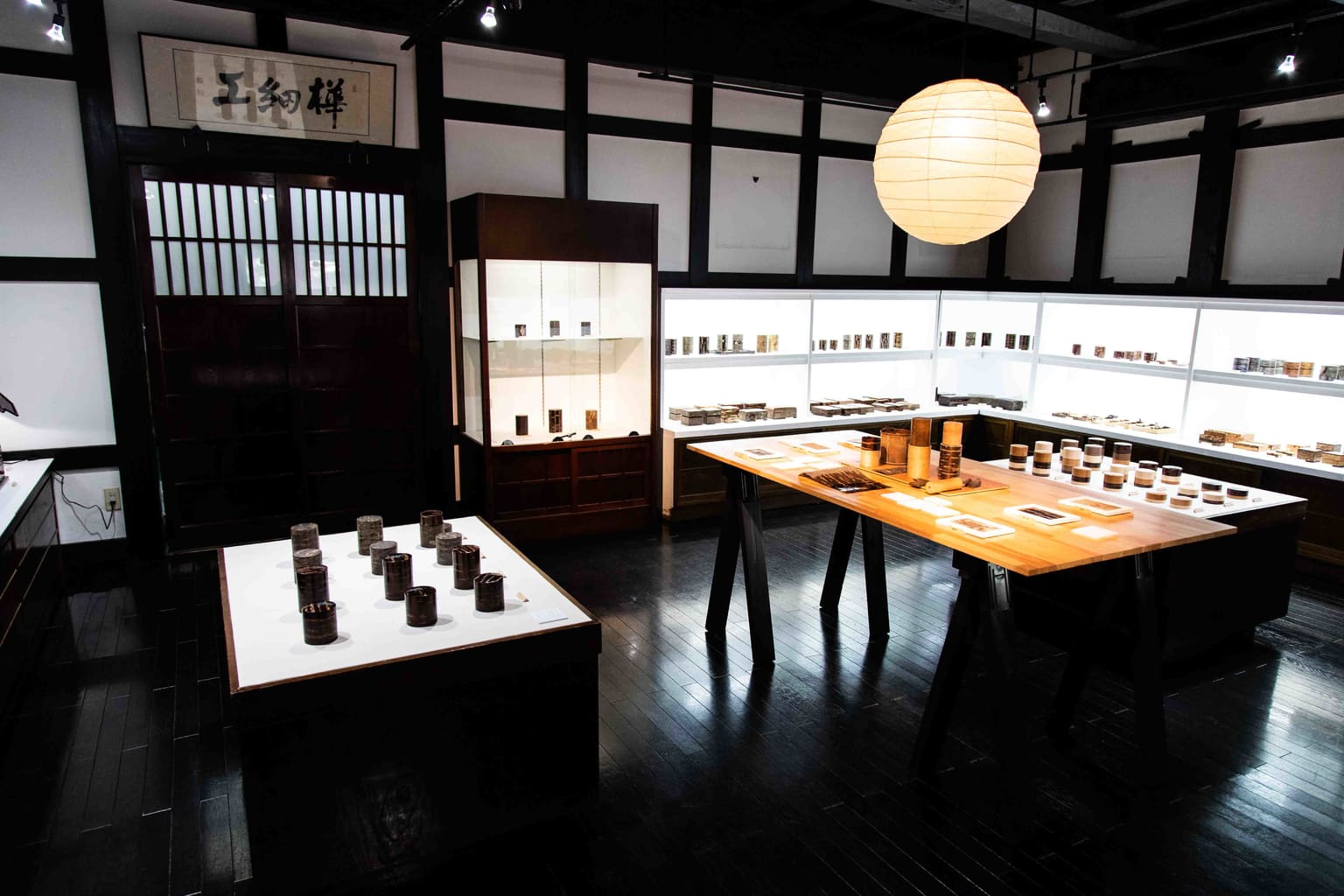
Samurai Legacy: Kakunodate
The Kakunodate Samurai District in Semboku city used to be home to about 80 samurai families and is still one of the most well preserved historical districts in Japan. The black painted walls down the main street offer a great backdrop for photos — especially in spring and autumn. Descendants still live in some of the remaining houses, while others are open to public viewing. One of the most distinguished families in the area, the Aoyagi family has opened the whole property to visitors, creating The Aoyagi Samurai Manor Museum. It houses innumerable rare artifacts and fascinating exhibits depicting samurai life during the Edo Period. There are also numerous shops and cafés on the grounds, making it easy to spend a full day there. Related to the Aoyagi Manor is Satoku Garden, a souvenir shop with a very special resident hanging out behind the store — Bukemaru, the Akita dog.
Kakunodate Samurai District, kakunodate-kanko.jp/language/en
Aoyagi Samurai Manor Museum, www.samuraiworld.com/english
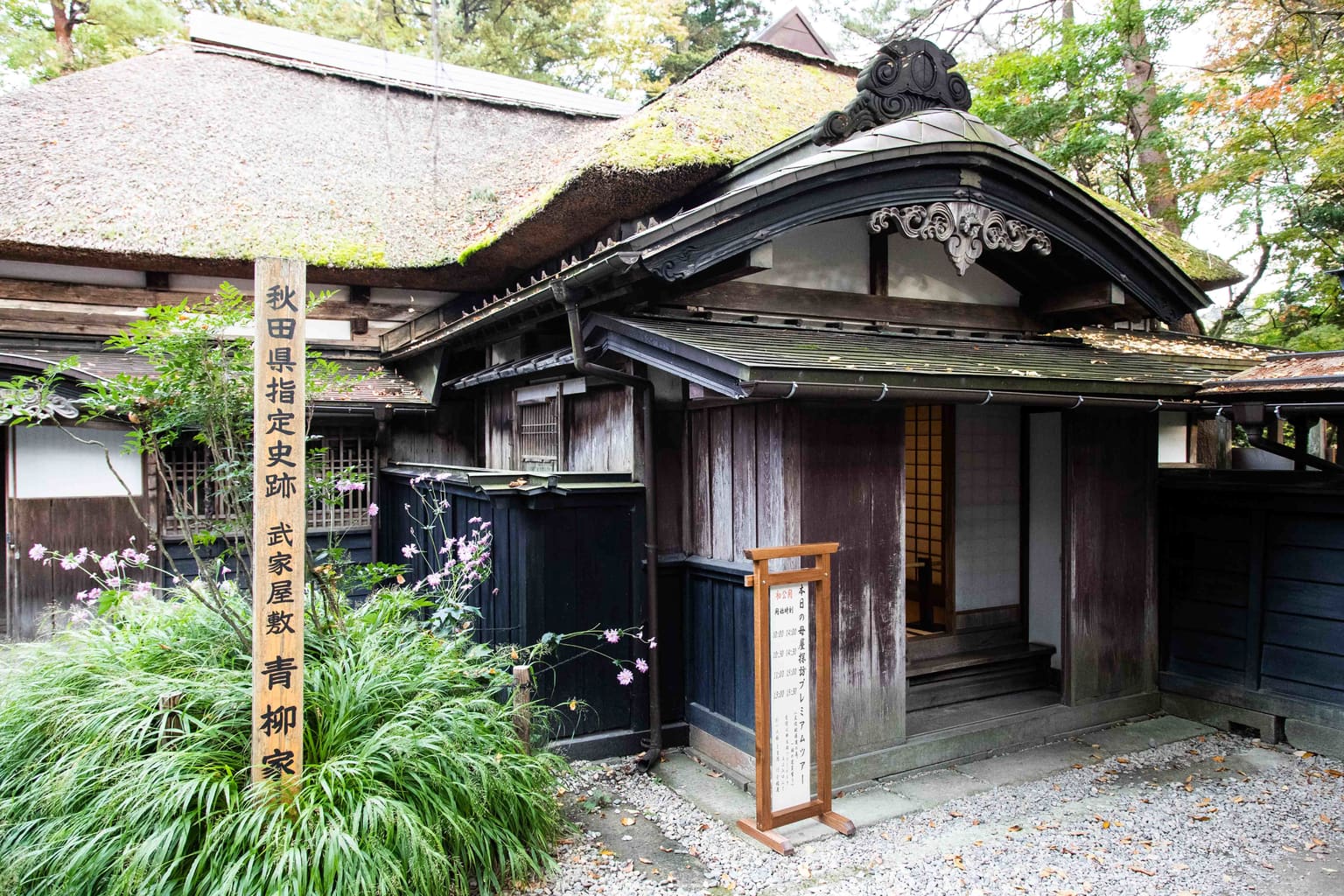
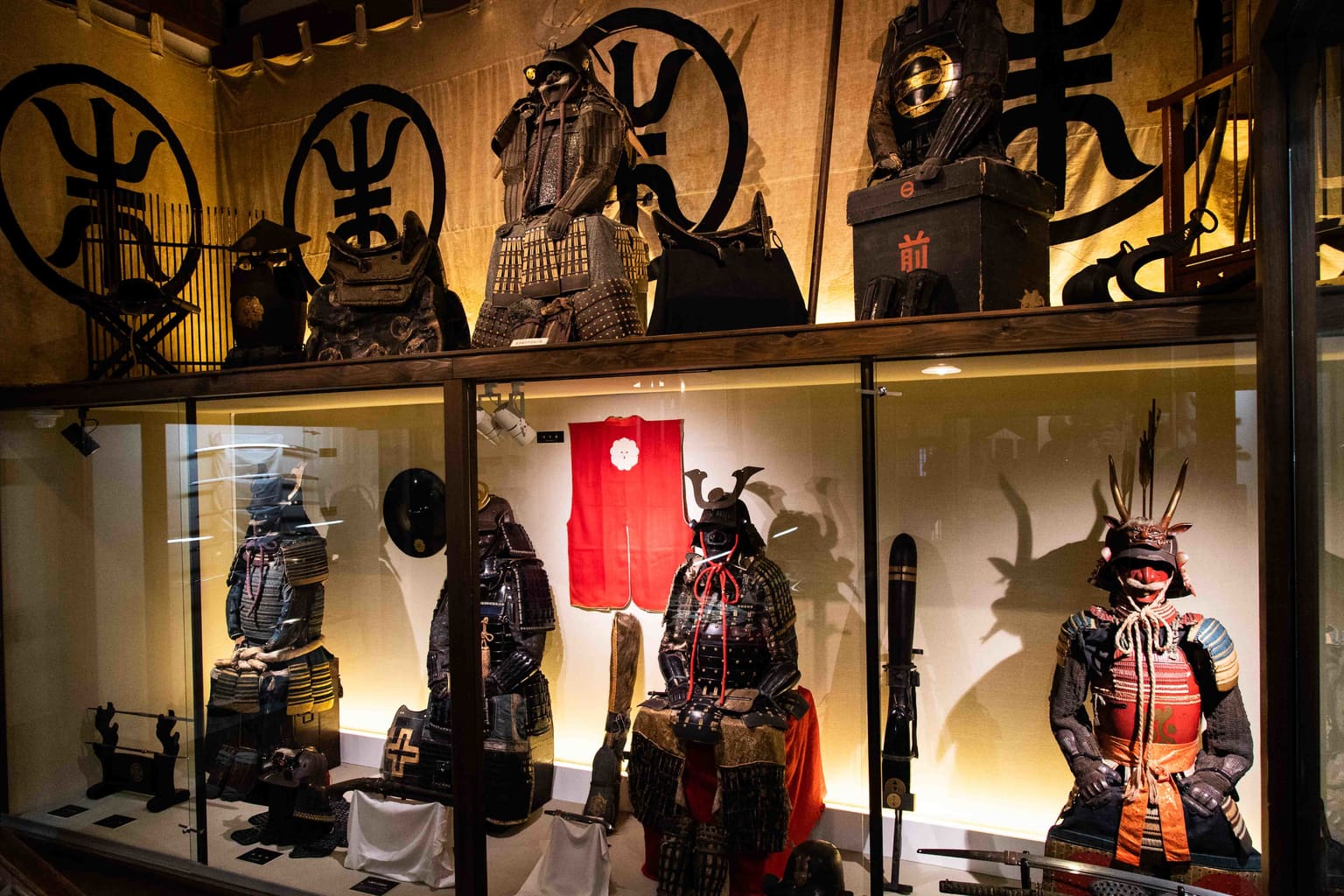
Photographs by Allan Abani

